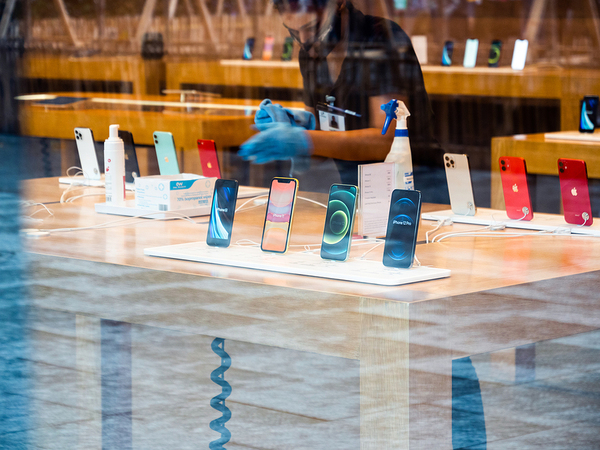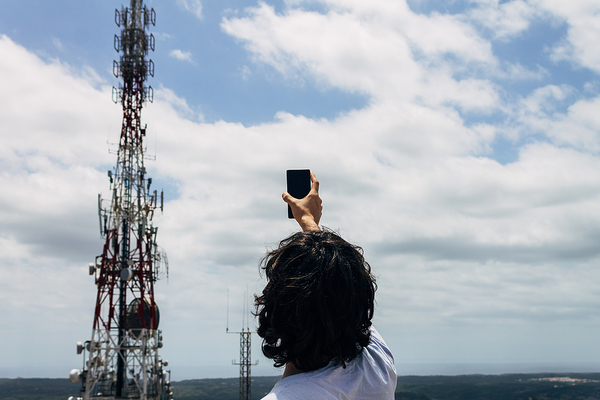The COVID-19 pandemic has hugely impacted the need for the 5G rollout. As the way people communicate has changed, companies like Motorola and Qualcomm have bolstered their product development strategies. With so many businesses turning to remote work, technology companies are rethinking how to bring 5G to the masses. They are quickly reacting to challenges in the current climate to offer the fastest possible data on the most reliable networks.
Why the need for 5G?
The COVID-19 pandemic has changed the way people work and play. Employees are working from home, which means holding virtual meetings and reaching customers via technology.
Consumers are primarily purchasing products online. More videos, music, movies, and TV shows are streamed now than ever. A lack of personal socialization increases the need for more detailed product development strategies and ways to communicate virtually.
One solution is 5G. With more than half of the workforce in the United States working remotely, and three in five employees preferring to continue doing so, staying connected is essential.
Prior to 2020, technology companies were investing in and researching new methods of connectivity. The 5G technology includes connection speeds on-par with fiber. Streaming is smoother, and video calls experience less buffering.
Motorola introduced the first 5G phone over a year ago. It used the first commercial 5G Qualcomm Technologies chipsets.
Both these companies and technology users of today will benefit from 5G. This technology is expanding globally as consumers continue working remotely.

How will people stay connected?
Technology companies can offer products that range in cost to allow more consumers to purchase 5G mobile devices. This enables connection through sub-6 or mmWave 5G networks. This will connect them to available 5G technology in their areas.
Early 5G smartphones had restricted compatibility and were high priced. Those launched in 2020 reach a broader customer base due to changes in product development strategies.
The future of 5G
Though 5G is frequently talked about in the mobile arena, there are other areas it can help people stay connected in the future. For example, globally offering telemedicine for remote consultations and assistance with surgeries could be accomplished with 5G. Health providers can offer accessible care to their patients while helping to reduce costs.
As more 5G technology becomes available, patients will have greater access to tools for monitoring vitals and medications. This provides caregivers a more accurate look at this information in real-time. It personalizes the care experience, both remotely and in-person.
Consumers will experience more realistic virtual shopping with 5G technology. This will occur through virtual reality technology, enabling customers to virtually try out furniture and try on clothing all from home.
As with all types of technology, 5G needs further development. As this technology continues to grow and reach more places, greater opportunities will emerge.
Want more ways to share ideas during the pandemic and beyond? Contact us to request a demo.
Most Recent Posts
Explore the latest innovation insights and trends with our recent blog posts.













